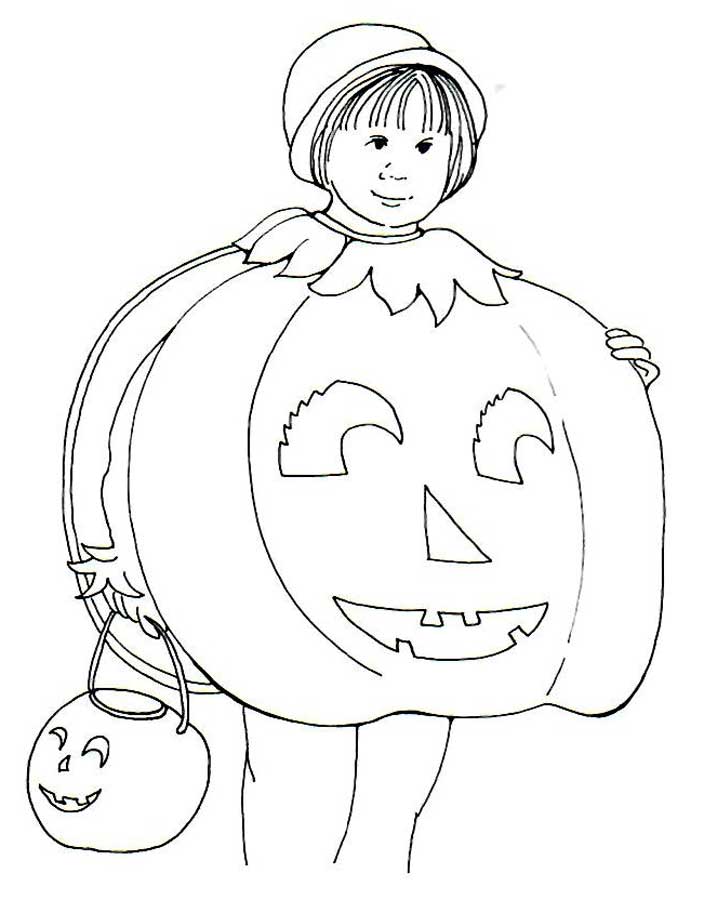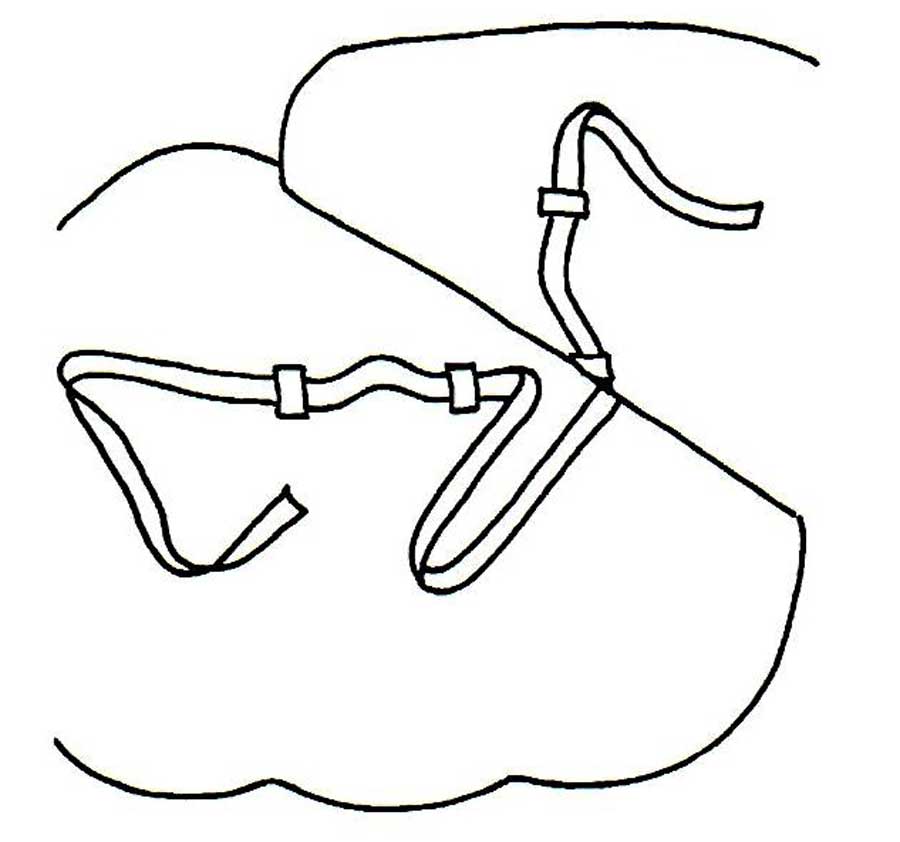Fleece is a general term for a soft, insulating fabric that is usually made from polyester but can be made from a variety of materials, including polyester, bamboo, cotton, and hemp. Fleece is usually lightweight, soft and cuddly and its fibers work to trap air which makes it effective in retaining body heat. Fleece is also hydrophobic, meaning its threads don’t absorb water.
Exploring Different Types of Fleece Fabrics
Fleece fabrics come in various types, each with distinct properties, making them suitable for a range of applications. Each type of fleece offers unique advantages, from lightweight comfort to heavy-duty insulation, catering to different weather conditions and fashion preferences. Here’s a breakdown of the most common varieties:
- Polyester Fleece: A general term for a soft, insulating fabric that can be made from a variety of materials, including polyester, bamboo, cotton, and hemp. The fabric is brushed during manufacturing to give the fibers more volume and make the material soft and fuzzy.
- Polar Fleece: This is the most popular type, known for being lightweight, soft, and warm. Polar fleece is quick-drying and moisture-wicking, making it ideal for outdoor apparel and blankets. It ranges in thickness, with 100-weight (lightweight), 200-weight (medium), and 300-weight (heavy) varieties. Polar fleece was originally created as a synthetic alternative to wool chinchilla. It has a two-sided pile and is often made from polyester or a blend (sometimes made from recycled plastic bottles). Polar fleece comes in different weights and in both anti-pill and non anti-pill varieties with the anti-pill option being a bit more expensive, although longer lasting.
- Microfleece: Microfleece is a thinner, more breathable version of fleece. It’s soft to the touch and and its moisture-wicking properties make it popular in activewear. Microfleece has a clear right and wrong side. It’s the softest of the fleece options and is often used for children’s clothes or as a light layer under a jacket. Although like other fleeces, it doesn’t fray, the edges can be stretched out of shape so it’s best to finish the edges.
- French Terry Fleece: This fabric is a blend of cotton and synthetic fibers with a smooth outer surface and looped interior. It is unbrushed on both sides so it lacks the usual fluffy nap of other fleeces. It offers moderate warmth and is breathable, making it popular for casual wear like hoodies and sweatpants.
- Sherpa Fleece: Sherpa fleece mimics the texture of wool with its fluffy, high-pile surface. It’s often used as a lining for jackets or blankets and is prized for its cozy warmth.
- Bonded Fleece: Bonded fleece consists of two layers of fleece fused together, sometimes with a waterproof or windproof membrane between them. It’s durable and provides excellent insulation, often used in performance outerwear.
Pattern Choices
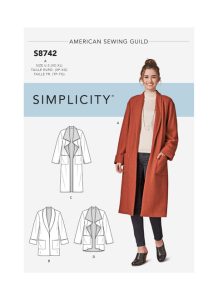
A pattern that is simple and has few design features is your best option.
- Select patterns with 1/4″ seam allowances when possible; otherwise for conventional sewing, remove the excess 3/8″ before or after sewing.
- Loose fitting styles are a good choice with as few seams as possible to eliminate bulk.
- Zippers or buttons with toggles or loops are better choices for closures than standard buttons and buttonhole.
- If possible, eliminate or replace the underside of collars and cuffs or use a cotton or cotton/polyester fabric instead.
- Use a lining fabric for the back or underside of pockets.
Sewing with Fleece
Fleece fabrics are warm, soft, and versatile, making them popular for clothing, blankets, and accessories. However, sewing with fleece requires some special considerations to achieve neat, professional results.
Tools and Materials
- Needles: Use a size 12/80 or 14/90 or similar universal or ballpoint needle to prevent skipped stitches.
- Thread: Polyester thread for both the top and bobbin works best due to its stretch and durability. Avoid cotton thread as it can break easily.
- Pins or Clips: Traditional pins can leave holes so you can try using fabric clips, ballpoint pins, quilter’s” pins, or long (1 1/2″) glass-head pins. Remember to use lots of them as fleece has a tendency to shift.
- Walking Foot or Teflon Foot: These help feed the thick fleece smoothly through the machine without bunching.
Cutting the Fabric
- Use sharp scissors or a rotary cutter to avoid snagging or fraying.
- Lay the fleece flat on a large surface since it tends to shift.
- Mark your fabric using chalk or fabric markers since fleece doesn’t hold creases.
Adjusting Your Machine Settings
- On a regular sewing machine, use a straight stitch and set a longer stitch length (8-10 stitches per inch) to prevent puckering. Do not use a stretch stitch.
- Reduce the tension slightly if the fabric stretches or pulls as you sew.
- On a serger, choose a wide 3- or 4-thread stitch. A 4-thread stitch will help to compact the fleece, resulting in less bulk. Set your serger at a 3mm length
Sewing Techniques for Fleece
- Seam Allowance: Use a 1/2-inch or 5/8-inch seam allowance for better durability since fleece is bulky.
- Edge Finishing: Fleece doesn’t fray, so serging or finishing edges is optional, but a zigzag stitch can prevent stretching.
- Seam Flattening: Use a cool iron with light pressure or finger-press seams since fleece can melt under heat.
Common Challenges and Tips
- Prevent Stretching: Avoid pulling the fabric through the machine. Let the feed dogs guide it naturally.
- Avoiding Lint Build-up: Fleece creates a lot of lint, so clean your sewing machine regularly.
- Handling Thickness: If your project involves multiple layers of fleece, sew slowly and use a walking foot for smooth stitching.
How to Care for Fleece Fabrics
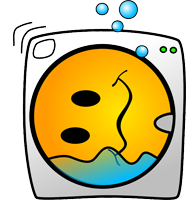 Fleece fabrics are known for being soft, warm, and low-maintenance, but proper care is essential to maintain their texture and durability. Follow these tips to keep your fleece items looking fresh and cozy for longer.
Fleece fabrics are known for being soft, warm, and low-maintenance, but proper care is essential to maintain their texture and durability. Follow these tips to keep your fleece items looking fresh and cozy for longer.
Washing Fleece
- Use Cold Water: Wash fleece in cold water to prevent shrinking and preserve its softness.
- Mild Detergent: Opt for a gentle, liquid detergent. Avoid bleach or fabric softeners, as they can damage the fibers and reduce the fabric’s ability to wick moisture.
- Wash Separately: Fleece tends to attract lint, so wash it separately or with similar soft fabrics.
Drying Fleece
- Air-Dry or Tumble-Dry on Low: High heat can cause fleece to melt or lose its fluffiness. If using a dryer, select a low or no-heat setting.
- Avoid Overdrying: Remove fleece from the dryer promptly to prevent static buildup and wrinkles.
Avoiding Pills
- Wash Inside-Out: Turning fleece inside-out minimizes friction, helping to prevent pilling.
- Use a Fabric Shaver: If pilling occurs, a fabric shaver or lint roller can easily remove the pills.
Storage Tips
- Fold, Don’t Hang: Hanging fleece can stretch it out over time. Instead, fold it neatly and store in a dry place.
- Keep Away from Heat: Avoid exposing fleece to high temperatures or direct sunlight for long periods to maintain its color and softness.






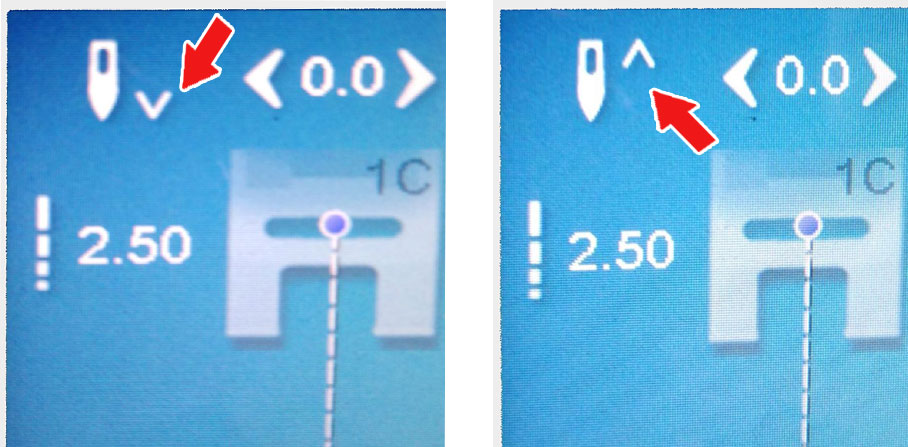
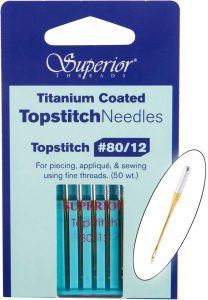
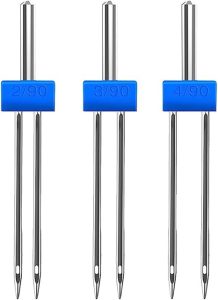

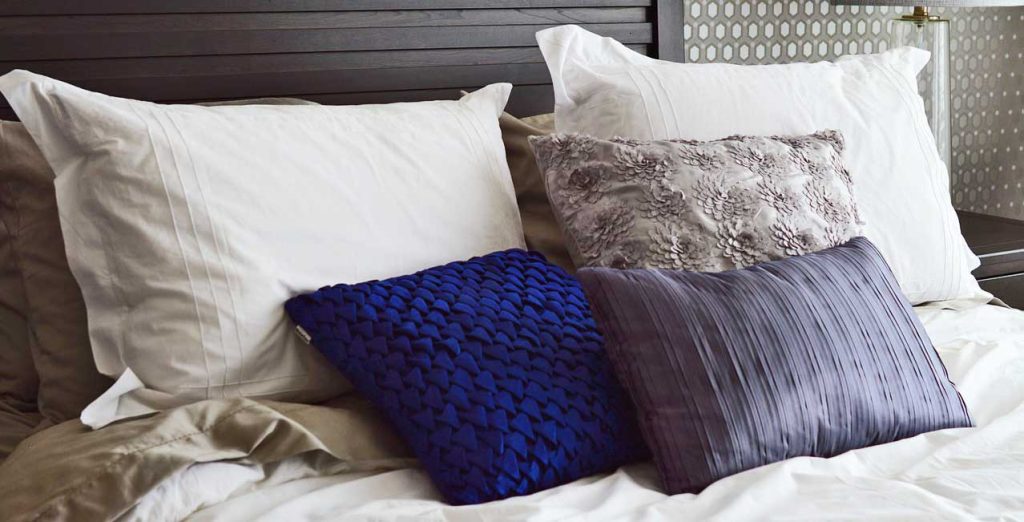
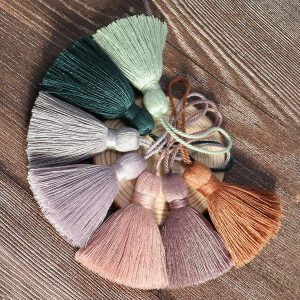
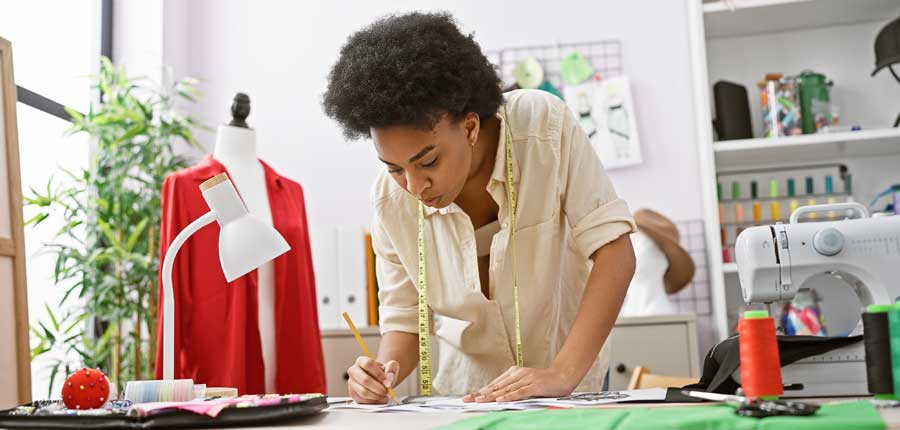
 The “one-pin” method is one of the most popular approaches for sewing curved seams with minimal pins. This method encourages slow, deliberate stitching and careful manipulation of fabric, but with fewer interruptions.
The “one-pin” method is one of the most popular approaches for sewing curved seams with minimal pins. This method encourages slow, deliberate stitching and careful manipulation of fabric, but with fewer interruptions.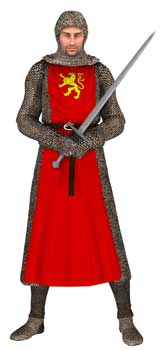 A primary element of many costumes — whether for Halloween, cosplay, or a medieval fair — is a tabard. A tabard consists of front and back panels connected over the shoulders and open at the sides, similar to a tunic. It can be long or short and is usually secured at the waist by a ribbon belt that keeps the tabard in place while allowing free movement of the arms. Originally worn by men during the late Middle Ages and early modern period in Europe, tabards today are considered a great alternative to full suit costumes, as they can be made more quickly with very little consideration to fitting. Simple undergarments are used to complete the basic costume, with the addition of any desired headgear or other accessories.
A primary element of many costumes — whether for Halloween, cosplay, or a medieval fair — is a tabard. A tabard consists of front and back panels connected over the shoulders and open at the sides, similar to a tunic. It can be long or short and is usually secured at the waist by a ribbon belt that keeps the tabard in place while allowing free movement of the arms. Originally worn by men during the late Middle Ages and early modern period in Europe, tabards today are considered a great alternative to full suit costumes, as they can be made more quickly with very little consideration to fitting. Simple undergarments are used to complete the basic costume, with the addition of any desired headgear or other accessories.